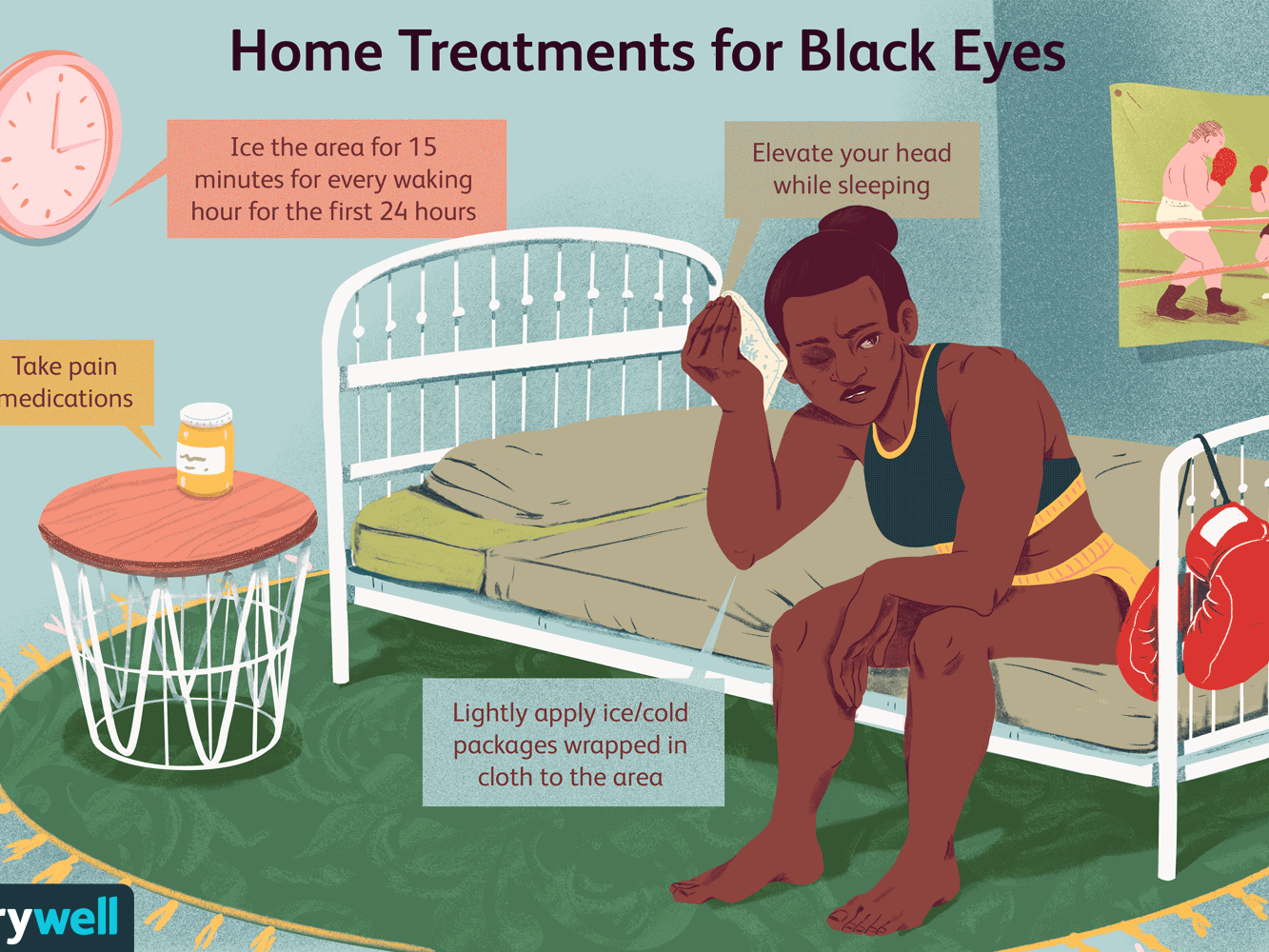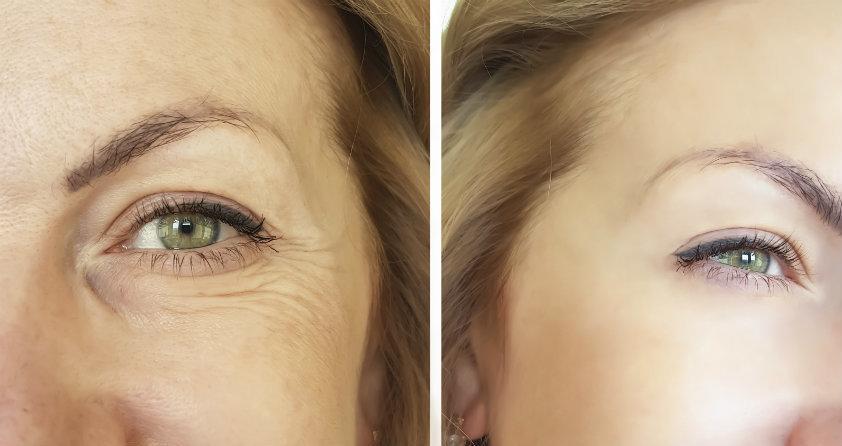
Transgender Breast Implants are surgery procedures that aim to give women a more feminine upper torso. After surgery, patients will need to follow a hormonal regimen for at most 18 months. They will lose body fat and develop breast tissue, which will give them a fuller, more feminine figure. The A and B cups are the most common.
Cost
Transgender breast implant costs start at $1999 with saline, and can rise to as high as $25,000 with silicone implants. Costs of this procedure are affected by many factors including the type of implants used, the surgeon's fees and previous surgeries. BMI, or the patient's body mass, can also impact the cost.
Transgender surgery is considered cosmetic surgery in Australia. Therefore, it is not eligible under Medicare for rebates or early access into superannuation. However, you can still find a surgeon to perform the procedure in Australia. The Australian Professional Association for Transgender Health lists accredited clinics and surgeons throughout the country. However, you need to be aware about the possible risks.
Anatomy
Transgender breast anatomy differs from that of a natural female. A genetic male tends to have a larger chest, wider shoulders, and a smaller internal fold than a female. Implants placed behind NAC may not achieve the desired shape. Implants placed slightly lower on the medial can create a more feminine and smoother appearance. This issue can also be corrected with fat grafting.

A surgeon can make a more natural-looking implant if he is able to accurately assess the size and shape of the patient's breasts. The procedure can be done with either silicone or saline breast implants. Silicone implants are the most popular choice. There are three types if silicone breast implants: textured, smooth and shaped. An anatomic sizing device may be used by a doctor in order to determine which one would suit a transgender person. To better understand the patient's breast size, a surgeon may use a computer simulation.
Procedures
Transgender male to female breast augmentation (MTF), is an easy procedure that can make you feel and look like a woman. The procedure can be performed in one to two stages depending on your requirements and preferences. The first stage might involve a tissue extender, which stretches the lower pole of the skin to allow for a larger insert. The second stage involves the placement of an implant.
You should be in good physical condition and have realistic expectations to prepare for the procedure. An expert in breast augmentation can provide you with specific instructions. If you are transgender, it is important to have a thorough understanding of your body's anatomy and a clear vision of how you would like to feel and take care of the procedure.
Problems
Transgender women who seek to augment their breast size have an increased risk for secondary complications, including implant rupture and asymmetry. These complications may also result in a need for reoperation. There are increased risks for transgender women undergoing gender affirming surgery.
The World Professional Association for Transgender Health (WPATH) has set standards for care for patients seeking to have a transgender breast augmentation procedure. These guidelines outline the mandatory and suggested components of a complete preoperative evaluation, which includes a patient's mental health and medical history.

Long-term Results
Transgender breast implants can have long-term effects that are difficult to evaluate as some patients may experience complications. Many transgender females are satisfied with the results. Some may have regrets. Most women who undergo surgery are satisfied and only 3% will not do it again. There are risks of complications. Transgender women may feel discomfort after the surgery. There are many options to make transgender women feel more at ease.
Capsular contracture can occur in transwomen even though the risk is low. This condition is common in transwomen. About 3% have reported it. However, of those undergoing this surgery, only 1% had already had the implants removed. While this rate may seem low, it is still high enough to warrant further studies.